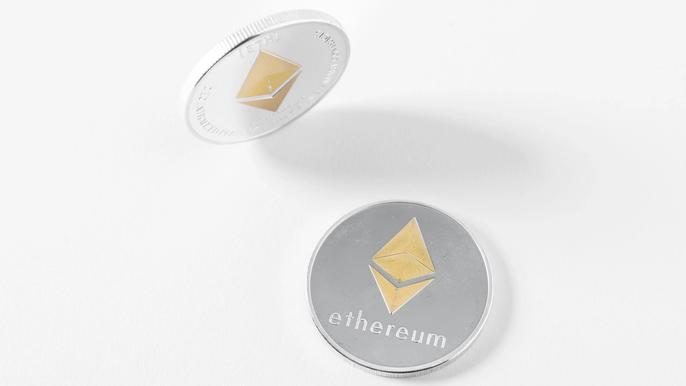Ethereum Difficulty Bomb Date: EIP-4345 Seeks To Delay Difficulty Bomb Until June

The Ethereum difficulty bomb will usher in a new era for ETH, but when is the detonation date?
Ethereum – much like other cryptocurrencies such as Cardano and even Bitcoin – is set to undergo several major changes in the latter part of 2021. The previously included the difficulty bomb detonation, which will now likely happen.
Here’s when to expect the Ethereum difficulty bomb to happen.
Ethereum Difficulty Bomb Date
The Ethereum difficulty bomb is expected rollout in June 2022 - a delay from the previous December 2021 date.
The initial London Hard Fork upgrade was set to include EIP-3238. This would delay the difficulty bomb to Q2 2022.
However, in May 2021, Ethereum opted to implement EIP-3554 instead, as confirmed by developer Tim Beiko. This pushed the difficulty bomb delay forward to December to coincide with the implementation of Ethereum staking.
Since then, Beiko, alongside James Hancock, released a new Ethereum Improvement Proposal (EIP) - EIP-4345 - which would delay the difficulty bomb until June 2022.
Read More: Ethereum 2.0 Release Date: When does Eth2 launch?
This would allow the difficulty bomb to occur after the merge - a vital step in the Ethereum 2.0 launch.
Beiko explained this further on GitHub, stating:
Even though the merge testing is going well, it isn’t going to happen until the difficulty bomb is due to go off again (early December, as per EIP-3554). We are not ~1 month away from having client releases ready for the merge, so we need to push the bomb back again.Despite the June release date, it will take several months for the difficulty increase to impact block times significantly.
The EIP-4345 proposal also notes the difficulty bomb could be pushed back even further if necessary, so this date is not guaranteed.
Read More: Ethereum Burn Rate: Over $5 Billion in ETH Burned Since London Hard Fork
Ethereum Difficulty Bomb Meaning
The Ethereum difficulty bomb will increase the difficulty level of Ethereum mining, making this proof-of-work venture less profitable for cryptocurrency miners.
Gradually, the difficulty increase will push ETH’s block time to a point whereby mining is no longer viable for miners seeking a profit.
ETH’s current block time is around 12 to 14 seconds. According to Tim Beiko, Ethereum’s block time could rise by 487% five months after the difficulty bomb, adding 64 seconds.
This will lead to the Ethereum ‘Ice Age’. Here, the Ethereum blockchain would freeze, and grind to a halt as further miners depart from the now-unprofitable network.
Read More: Ethereum Staking: What Is It, And How To Stake Ethereum 2.0
Why Release the Ethereum Difficulty Bomb?
On the surface, seeing Ethereum freeze up does not seem like something the network would voluntarily do.
However, it does have its benefits.
The first, and most vital benefit is that the difficulty bomb encourages miners to depart from proof-of-work towards Ethereum’s new proof-of-stake system.
Ethereum 2.0 will see the shift to staking – a decision criticised by miners who will see their profits slashed. This difficulty bomb should deter miners from attempting to continue their efforts after Eth2’s introduction.
Aside from this benefit, Ethereum provider Nethermind said the difficulty bomb would also act as a “defense against attackers that fork Ethereum.”
Read More: Ethereum Altair Upgrade Date: When Will The Altair Update Launch
[Featured Photo by Quote Catalog via Flickr]
Gfinity Esports is supported by its audience. When you purchasethrough links on our site, we may earn an affiliate commission.Learn more.Looking for specific products? VisitStockinformer.co.uk / stockinformer.com.ncG1vNJzZmivp6x7qLLIp6CtsZWovbC%2B06xlnKedZLCzxc%2Btppytoqeyr6%2FYaJytoJWnsra5jJ2gn56ZmMKtwNhmmailkmKxosDEZpyiqF1ogHaAjKacmqaZo7RusdOhaWarpJa4qrrGZpqrsaCpvG65yKegp59f